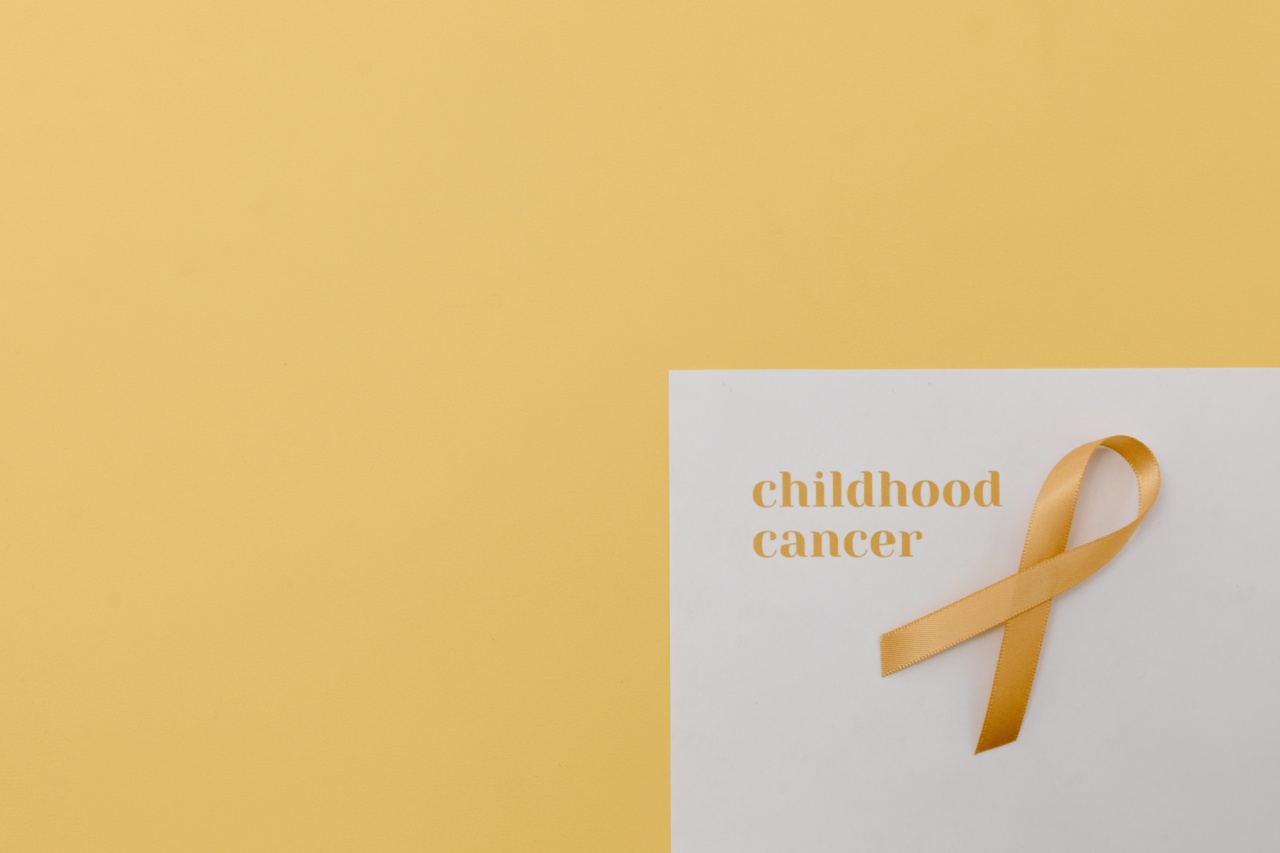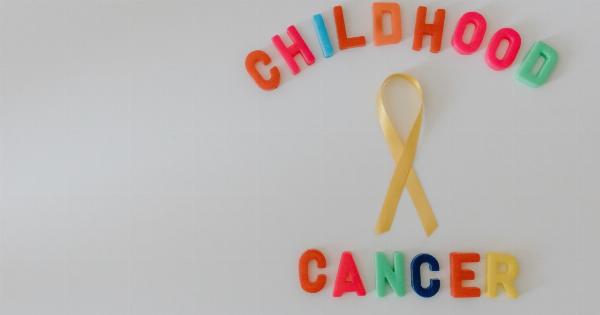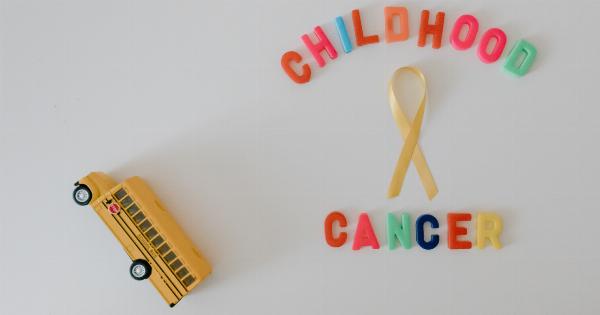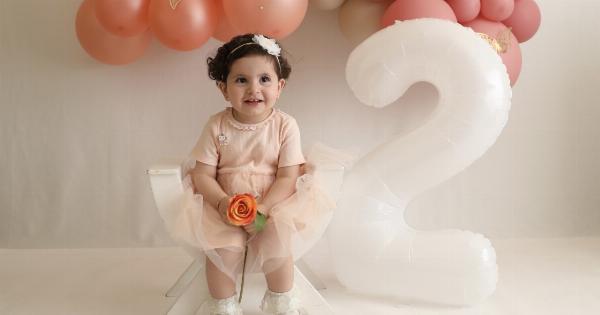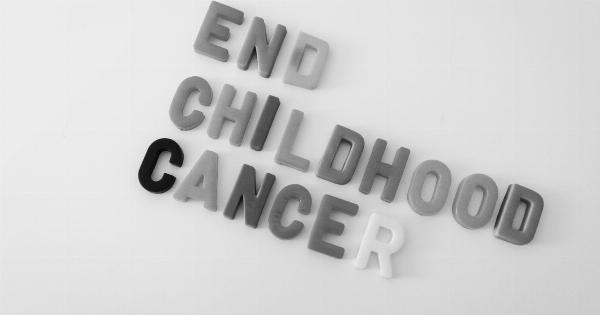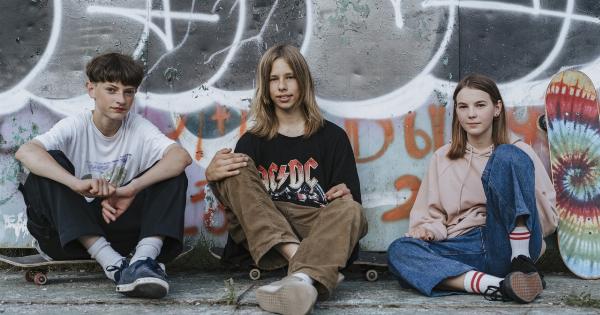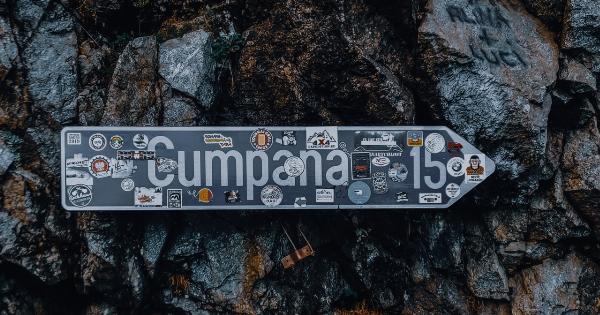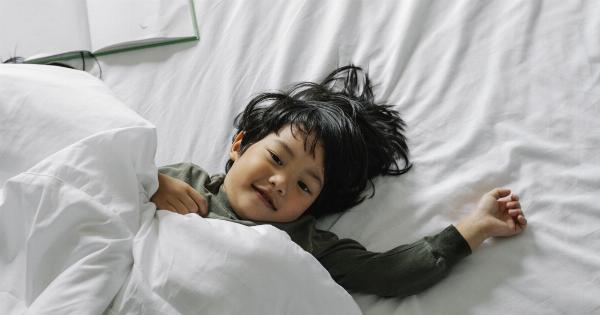Childhood cancer is a life-threatening disease that affects children under the age of 18. It is a term used to describe any type of cancer that occurs in children and can affect any part of the body.
Childhood cancer is different from adult cancer and requires a different approach to diagnosis and treatment.
Types of Childhood Cancer
There are several types of childhood cancer, including:.
- Leukemia
- Brain and spinal cord tumors
- Neuroblastoma
- Wilms tumor
- Lymphoma (including both Hodgkin and non-Hodgkin)
- Rhabdomyosarcoma
- Bone cancer (including osteosarcoma and Ewing sarcoma)
- Germ cell tumors
Causes of Childhood Cancer
It is not always clear what causes childhood cancer. Some risk factors may include:.
- Genetic factors
- Environmental factors (including exposure to radiation or chemicals)
- Some infections (such as Epstein-Barr virus or human immunodeficiency virus)
- Having a weakened immune system
Symptoms of Childhood Cancer
The symptoms of childhood cancer can vary depending on the type of cancer and where it is located. Some common symptoms may include:.
- Unexplained weight loss
- Fatigue
- Persistent pain in the bones or joints
- Lumps or swelling in the abdomen
- Fever
- Unusual bleeding or bruising
- Changes in vision or hearing
- Headaches or seizures
Diagnosis of Childhood Cancer
Diagnosing childhood cancer can be a complex process and may involve several tests, including:.
- Blood tests
- Imaging tests (such as X-rays, CT scans, MRIs, or ultrasounds)
- Biopsy (removal of a sample of tissue for examination under a microscope)
Treatment of Childhood Cancer
The treatment for childhood cancer depends on the type and stage of the cancer, as well as the child’s overall health. Common treatments may include:.
- Surgery
- Chemotherapy
- Radiation therapy
- Stem cell transplant
- Targeted therapy
Potential Side Effects of Treatment
Although treatment can be lifesaving, it can also cause side effects. Some common side effects may include:.
- Nausea and vomiting
- Hair loss
- Fatigue
- Reproductive issues
- Cognitive and learning difficulties
Support for Children with Cancer
Children with cancer and their families may require emotional and practical support during and after treatment. Some resources for support may include:.
- Cancer support groups
- Faith-based organizations
- Online support communities
- Counseling or therapy services
- Social workers or case managers
Prevention of Childhood Cancer
Since the exact cause of childhood cancer is not always clear, there is no sure way to prevent it. However, some measures parents can take to reduce the risk of childhood cancer include:.
- Ensuring their child receives recommended vaccines
- Teaching their child to practice sun safety
- Limiting their child’s exposure to harmful chemicals and radiation
- Encouraging a healthy lifestyle with a balanced diet and regular exercise
Conclusion
Childhood cancer is a serious and life-threatening disease that requires early detection and treatment.
While the exact cause is not always clear, parents can take measures to reduce the risk and provide support for their child during treatment and beyond.
